SLLS174I February 1994 – October 2022 SN55LBC180 , SN65LBC180 , SN75LBC180
PRODUCTION DATA
- 1 Features
- 2 Description
- 3 Description (Continued)
- 4 Revision History
- 5 Pin Configuration and Functions
- 6 Specifications
- 7 Parameter Measurement Information
- 8 Detailed Description
- 9 Application and Implementation
- 10Device and Documentation Support
- 11Mechanical, Packaging, and Orderable Information
Package Options
Refer to the PDF data sheet for device specific package drawings
Mechanical Data (Package|Pins)
- D|14
- RSA|16
- N|14
Thermal pad, mechanical data (Package|Pins)
Orderable Information
6.7 Typical Characteristics
Figure 6-1 Driver High-Level Output
Voltage vs High-Level Output Current
Figure 6-3 Driver Differential Output
Voltage vs Output Current
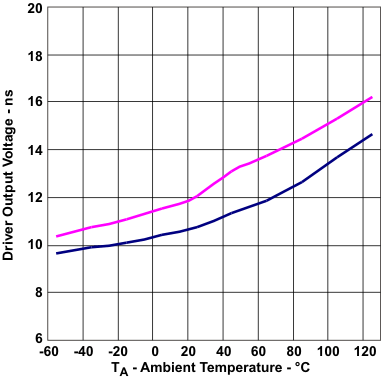 Figure 6-5 Driver Differential Delay
Times vs
Figure 6-5 Driver Differential Delay
Times vs Free-Air Temperature
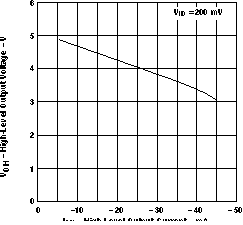 Figure 6-7 Receiver High-Level Output
Voltage vs High-Level Output Current
Figure 6-7 Receiver High-Level Output
Voltage vs High-Level Output Current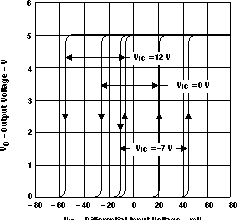 Figure 6-9 Receiver Output Voltage vs
Figure 6-9 Receiver Output Voltage vs
Differential Input Voltage
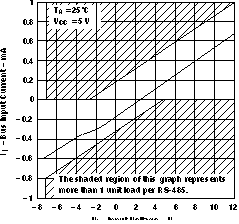 Figure 6-11 Receiver Bus Input Current
vs Input Voltage (Complementary Input at 0 V)
Figure 6-11 Receiver Bus Input Current
vs Input Voltage (Complementary Input at 0 V)Figure 6-2 Driver Low-Level Output
Voltage vs Low-Level Output Current
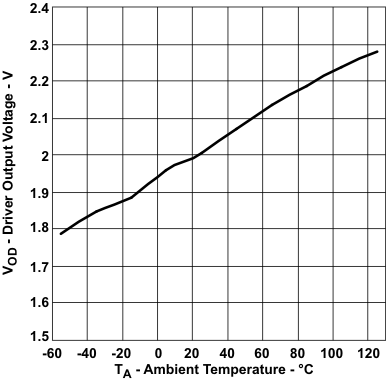 Figure 6-4 Driver Differential Output
Voltage vs Free-Air Temperature
Figure 6-4 Driver Differential Output
Voltage vs Free-Air Temperature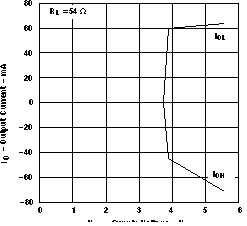 Figure 6-6 Driver Output Current vs
Figure 6-6 Driver Output Current vs
Supply Voltage
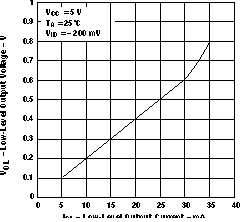 Figure 6-8 Receiver Low-Level Output
Voltage vs Low-Level Output Current
Figure 6-8 Receiver Low-Level Output
Voltage vs Low-Level Output Current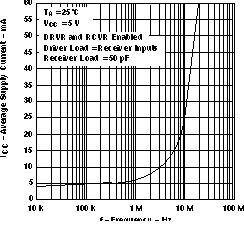 Figure 6-10 Average Supply Current vs
Frequency
Figure 6-10 Average Supply Current vs
Frequency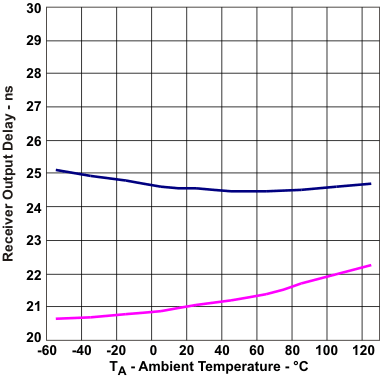 Figure 6-12 Receiver Propagation DELAY
Tl vs Free-Air Temperature
Figure 6-12 Receiver Propagation DELAY
Tl vs Free-Air Temperature